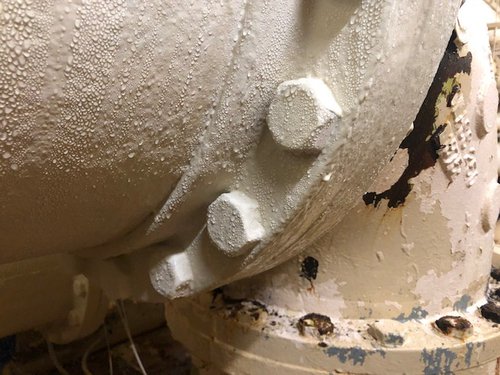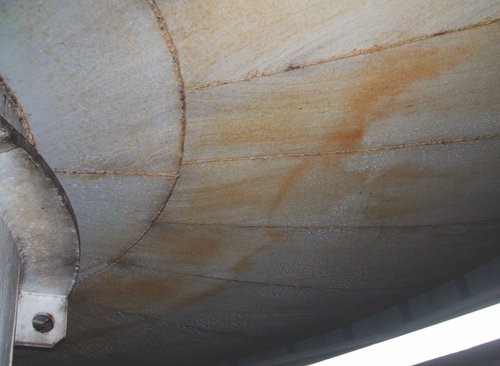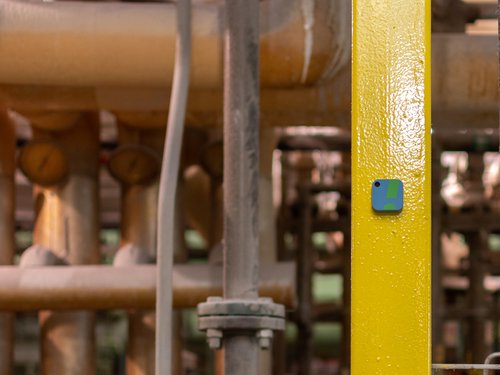Limiting Condensation on Pipes and Other Surfaces
Find out why you should be 'sweating' about condensation and how to get started on a long-lasting solution.
What causes condensation?
Condensation is caused by a difference in temperature between two sides of a surface, especially when one side of the surface becomes lower than the dew point. When the ambient temperature falls below the dew point, water vapor changes to liquid, and this results in condensation. The higher the humidity level, the closer the air temperature is to the dew point, and the more likely you are to see drops of condensed water develop on the surface.

Why does condensation matter?
In the long run, excessive condensation in a facility can cause safety issues, manufacturing deficiencies and, most importantly, it can accelerate the corrosion process. When water is constantly present on uncoated or coated pipes and steel surfaces, the moisture acts as a catalyst for chemical corrosion. Because metal corrodes when it reacts with substances like hydrogen and oxygen, the consistent presence of surface water, or condensation, can quicken the breakdown of the substrate and reduce the overall service life of valuable assets.
Can condensation be prevented?
Preventing contact with moisture is the best way to prevent corrosion on a surface, but traditional systems used to insulate condensation-prone pipes and tanks have their shortcomings. Most notably, traditional forms of insulation have some amount of gap –often unnoticeable – between the insulation and the substrate. Insulation materials with this void can absorb moisture and create an ideal spot for corrosion.

Failed cladding/jacketing intended to combat condensation can also cause leaks that will not only deteriorate the insulation, but cause extreme degradation to its thermal properties. This problem created by condensation can become even more prevalent when intricate shapes and cut-and-form insulation covers are required.
In many cases, the best way to limit condensation is by utilizing thermal insulating coatings, because these coating systems bond directly to the surface and help to raise the surface temperature of the substrate.
Like traditional insulation systems, these coatings can be applied at various thicknesses to provide the condensation control needed based on environmental factors i.e. temperature, humidity, etc. Plus, some insulating coating systems can be applied atop corrosion-resistant primers, such as zinc-rich urethanes, and in combination with high-performance topcoats that can be applied in a variety of colors, including ANSI/ASME 13.1 standards.
Do I need an insulating coating?

The best way to determine whether or not insulating coatings are necessary in your facility is to monitor your environment. One popular option is to monitor your environmental measurements using a smart sensor, which can be wirelessly installed almost anywhere. Using one of these sensors – which is easily mounted via magnet or adhesive inside your facility – will provide you with the exact temperature and humidity data required to create an accurate model of how much insulating material you'll need to combat your issue. These sensors take the guesswork out of installation and offer a very simple way of knowing your best solution for condensation.
Ready to Get Started?
Speaking with an expert and knowing your environment are really the first steps in fixing your condensation issues. Reach out to your local Tnemec representative or contact us below to request a free sensor for your facility.
How to Purchase
Ready to Order Tnemec?
We're ready to help. Click below to learn more about our purchasing process.
Contact Your Rep
Looking for Some Local Coatings Guidance?
Reach out to one of our knowledgable and reliable representatives near you.
E-News
Coating News Direct to Your Inbox
Stay informed about industry news and innovative coating products via email.